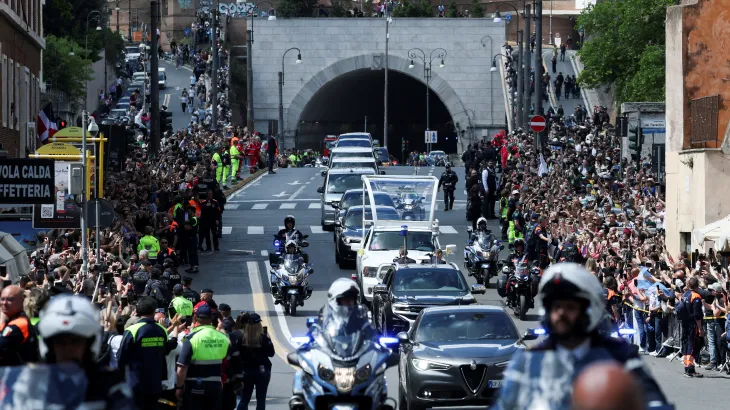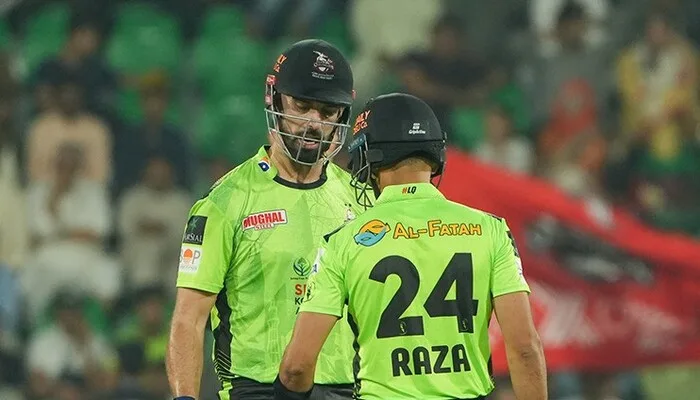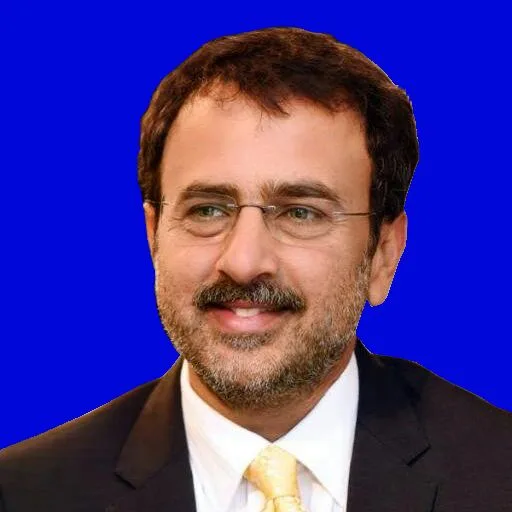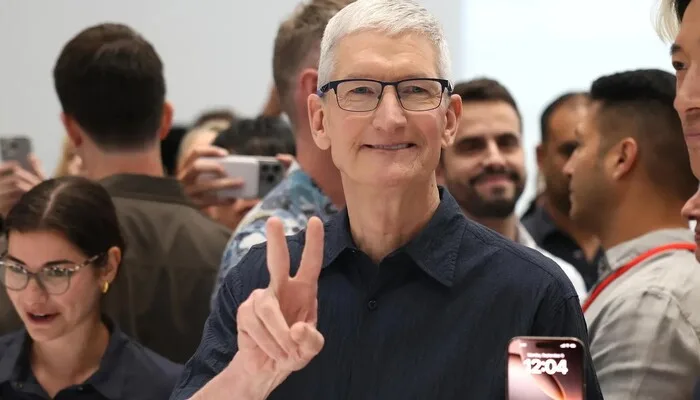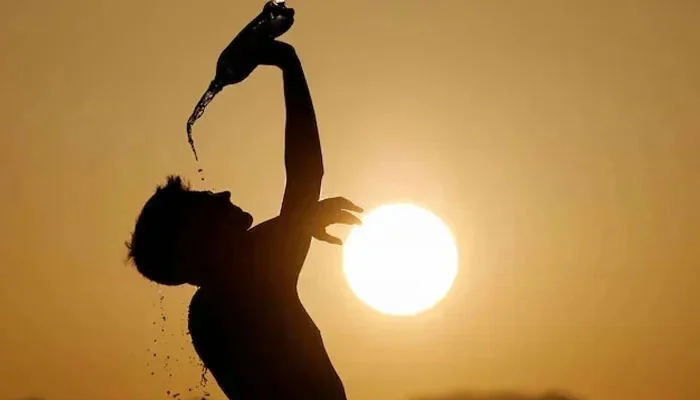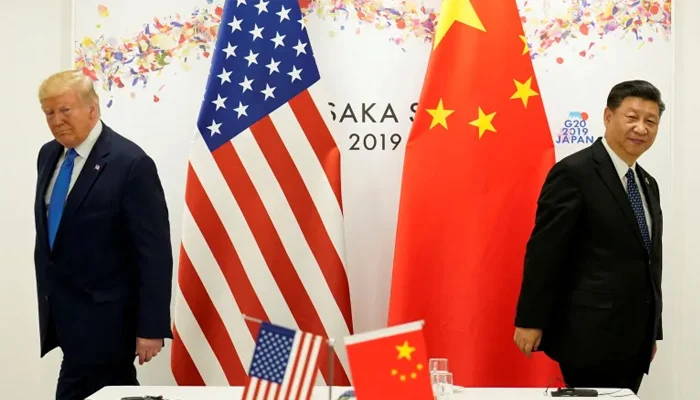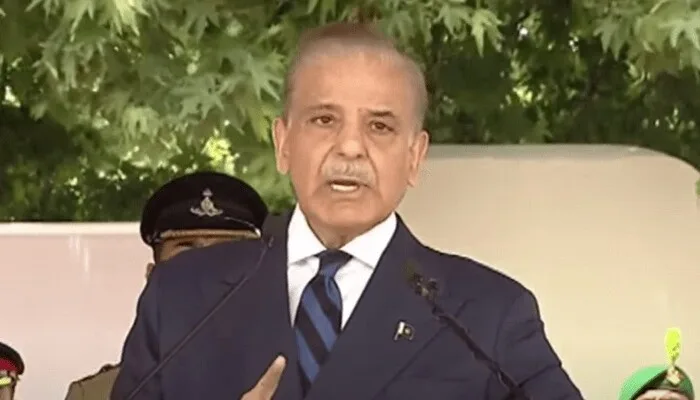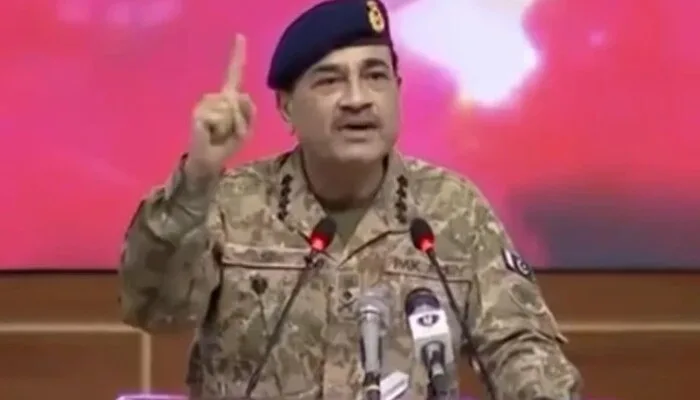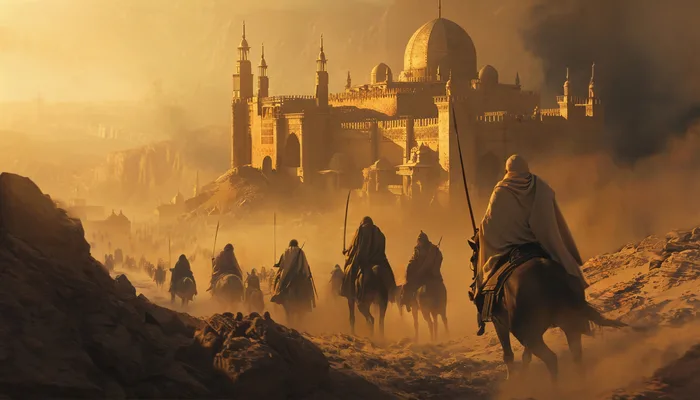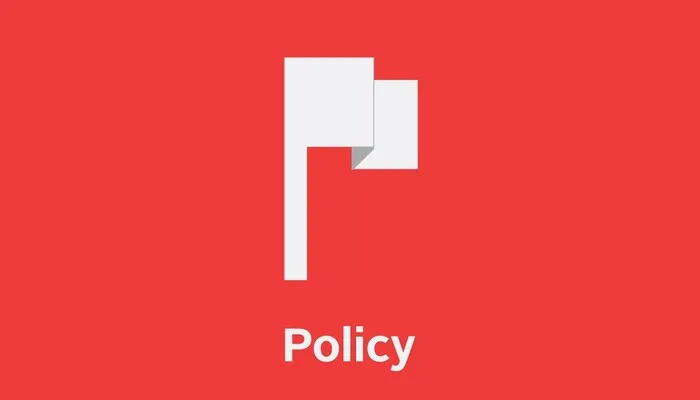
With billions of active users around the globe, these platforms like YouTube, Instagram, TikTok, and Twitter offer creators an unprecedented opportunity to reach audiences and shape popular culture. However, with great reach comes great responsibility. While YouTube and other platforms have set policies to regulate content, we still witness the proliferation of controversial material, often leading to backlash, legal scrutiny, and public outrage. The recent controversy surrounding the YouTube show India’s Got Latent is a glaring example of this issue.
The India’s Got Latent Controversy
India’s Got Latent, a roast comedy show hosted by Samay Raina, has been under intense scrutiny after controversial remarks made by podcaster Ranveer Allahbadia during an episode. Allahbadia’s offensive comments sparked widespread criticism, resulting in an FIR being filed against all individuals involved with the show. The Maharashtra Cyber Cell took action by removing videos related to the incident and deactivating the show’s account, while 42 individuals, including influencers, producers, and artists, were summoned for questioning.
This controversy raises an important question: why do we continue to see content like this, even when platforms like YouTube have policies in place to regulate what can and can’t be broadcast?
YouTube’s Content Policies: What Do They Say?
YouTube’s community guidelines are designed to ensure that the content on the platform remains safe, respectful, and free from harmful or offensive material. The platform prohibits content that involves hate speech, harassment, violence, or explicit language, and creators are expected to adhere to these guidelines. However, YouTube’s enforcement of these policies has often been criticized for being inconsistent.
While YouTube does have automated systems and human moderators to remove offending content, the sheer volume of videos uploaded every minute often makes it challenging to monitor everything in real-time. Creators can sometimes push the boundaries of these policies to create controversial content for the sake of attention, engagement, or viral success, which can slip through the cracks until it reaches a wider audience. This is where the tension between creators and platforms becomes more apparent — YouTube may enforce its policies after the fact, but the damage has already been done by then.
The Allure of Controversy in Content Creation
The rise of controversial content is not confined to India’s Got Latent alone. The digital age has seen an alarming number of viral incidents that spark public outrage. The reality is that controversy sells. In a world where engagement metrics like views, likes, shares, and comments define success, many content creators resort to pushing the envelope to gain attention.
In fact, this tactic of using controversy to drive traffic is becoming more commonplace. Whether it’s through edgy humor, provocative statements, or exaggerated scenarios, creators know that drama creates buzz and viral moments. The more shocking the content, the higher the likelihood that it will be shared, discussed, and ultimately spread across social media platforms.
Samay Raina to Appear for Probe in ‘India’s Got Latent’ Controversy
Global Examples of Controversial Content
This issue is not just confined to India or the YouTube platform; similar controversies have unfolded across the globe:
-
YouTube Pranks and Stunts: A string of viral pranks on YouTube has also led to criticism. Creators who perform dangerous or harmful pranks often face public backlash for promoting irresponsible behavior. One infamous incident involved YouTuber Logan Paul filming a suicide victim in Japan’s Aokigahara Forest, which led to global outrage and YouTube temporarily suspending his monetization.
-
TikTok Challenges: TikTok has seen its fair share of controversy with viral challenges that endanger participants. Challenges like the “skull breaker challenge” have led to injuries, sparking calls for more stringent content monitoring.
-
Influencers and Offensive Remarks: Social media influencers, including some on platforms like Instagram and Twitter, have faced scrutiny for making derogatory remarks, perpetuating stereotypes, or engaging in inappropriate behavior that sparks outrage. One such example is the controversy surrounding the “canceling” of influencers like Shane Dawson, who was accused of making racist and inappropriate comments.
-
The Hype House and Drama: The Hype House, a collective of TikTok creators, became infamous for its internal drama and controversies. This included conflicts over content ownership, accusations of manipulating fans, and inappropriate comments made by certain members.
Why Do Creators Keep Crossing the Line?
Creators often cross the line in pursuit of fame, clout, and recognition. With the immense competition in the digital space, standing out becomes a daunting task. Shock value can be a potent tool to gain instant attention, which can translate into a massive increase in followers, brand deals, and overall popularity. In some cases, creators are simply testing the limits of what can be said or shown before facing consequences.
But, as the India’s Got Latent controversy and similar incidents show, the risks of crossing these lines are high. Content that is deemed offensive or harmful can lead to legal repercussions, brand boycotts, and the erosion of trust between creators and their audiences.
Balancing Creativity with Responsibility
While the digital world thrives on freedom of expression and creativity, there is a clear need for content creators to recognize their responsibility. The responsibility lies not only in adhering to platform policies but also in considering the wider implications of their content on viewers. With the ability to reach millions, creators must be mindful of their influence on their audiences, especially younger viewers who may not always have the critical faculties to understand the nuances of controversial content.
In this digital age, where information travels fast and controversy spreads like wildfire, creators must balance the pursuit of viral content with ethical boundaries. As platforms like YouTube continue to evolve, content moderation systems will likely improve, but individual responsibility remains paramount. Creators who understand the impact of their content, who engage with their audiences ethically, and who respect platform policies will continue to thrive in the digital ecosystem — without the need for controversy.
Follow us on Google News, Instagram, YouTube, Facebook,Whats App, and TikTok for latest updates



